Related Article
-

Maru The Cat Tries On New Hairstyles With Colorful Wigs Made From Yarn
-
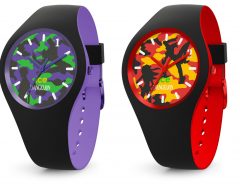
Glossy Neon Genesis Evangelion Ice Watches released in Japan
-

Shared kitchen space project in Japan gives restaurant entrepreneurs relief during pandemic
-
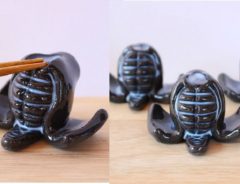
Kendo armor chopstick rests let you dine like a swordsman
-
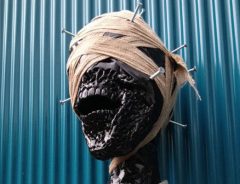
Japanese Figure Maker’s Horrifying Scarecrow Belongs In Silent Hill
-
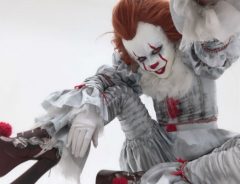
Japanese Cosplayer’s Pennywise and Other Horror Transformations Will Give You Creepy Cool Chills
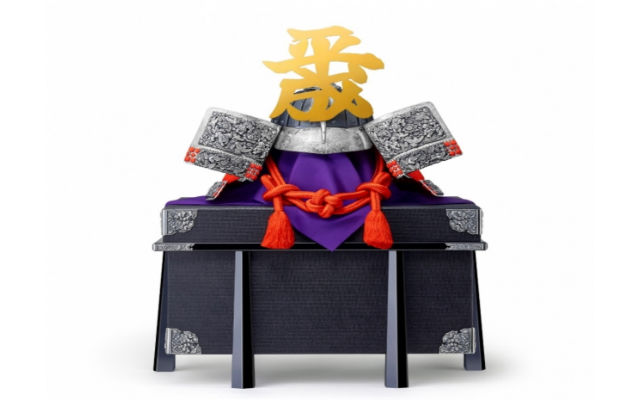


Gogatsu Ningyo(五月人形), literally translated as "May Dolls", are displayed in Japanese houses in the honor of the household’s newborn sons.
Spring comes with many festivals and events in Japan and Kodomo no Hi/こどもの日(Children’s Day), celebrated on the 5th of May is one of them. Part of the Golden Week, this special day used to be only for boys and was known under a different name in the past: Tango-no-sekku.
There have been quite a few theories about this important event but at the end of the day, nobody knows its origins.
It is said that during the Kamakura period, Tango-no-sekku was a celebration for the male heirs of military class and rituals developed in time and remained an important part of the Kodomo no Hi. Tango no Sekku began in Kyoto during the Heian Period and gradually developed and gained popularity starting from Edo.
The warrior dolls or Gogatsu Ningyo are a symbol of courage and power, used in hope of good fortune and protecting the children from diseases and evil.
The dolls used to be dressed in armors (yoroi/鎧) have kabuto on their heads (ornamental helmets) and katana (swords) or bows/arrows.
However, nowadays, many families choose to have kabuto decorations that can be worn by their children.
It became a popular trend to take commemorative pictures on the day and have the children dressed in a samurai outfit and wearing the kabuto helmet on their heads.
Most of the time, parents preorder the mini helmets and armors (oyoroi) and during this time, some of the shops even decorate their interior with the traditional ornaments.
Tango no sekku is a celebration that symbolizes the wish of the boys in the family to grow healthy and strong; the name represents the beginning of the first and the meaning of “go” is "horse" as in the horse of the Chinese Zodiac.
The old customs say that the dolls display should be in a Washitsu/和室 (Japanese style room), but now, due to lack of space and many people not necessarily having a Japanese style room, many are not adhering to this old tradition.
The protective symbol of the boys’ health should be provided for individually for all your sons together with koi nobori (carp streamers).
Koi nobori are traditionally flown during the 5th of May all over Japan and are made by drawing colorful carp patterns on fabrics, turning them into carp windsocks.
The GoGatsu Ningyo ornaments are usually based on historical facts, are very elaborate and need special technique, good craftsmen to make the armors and are an important part of Japan’s culture.